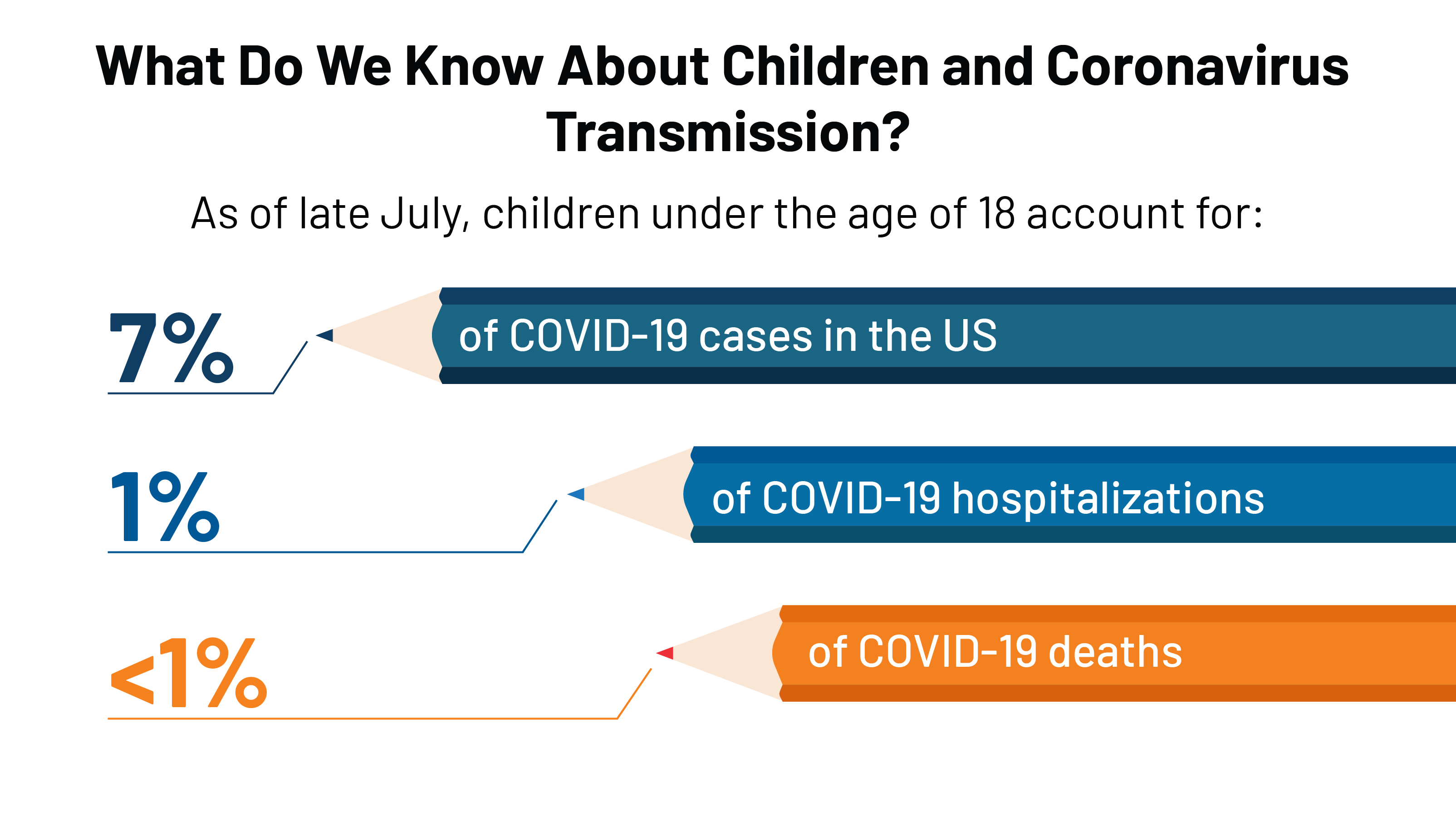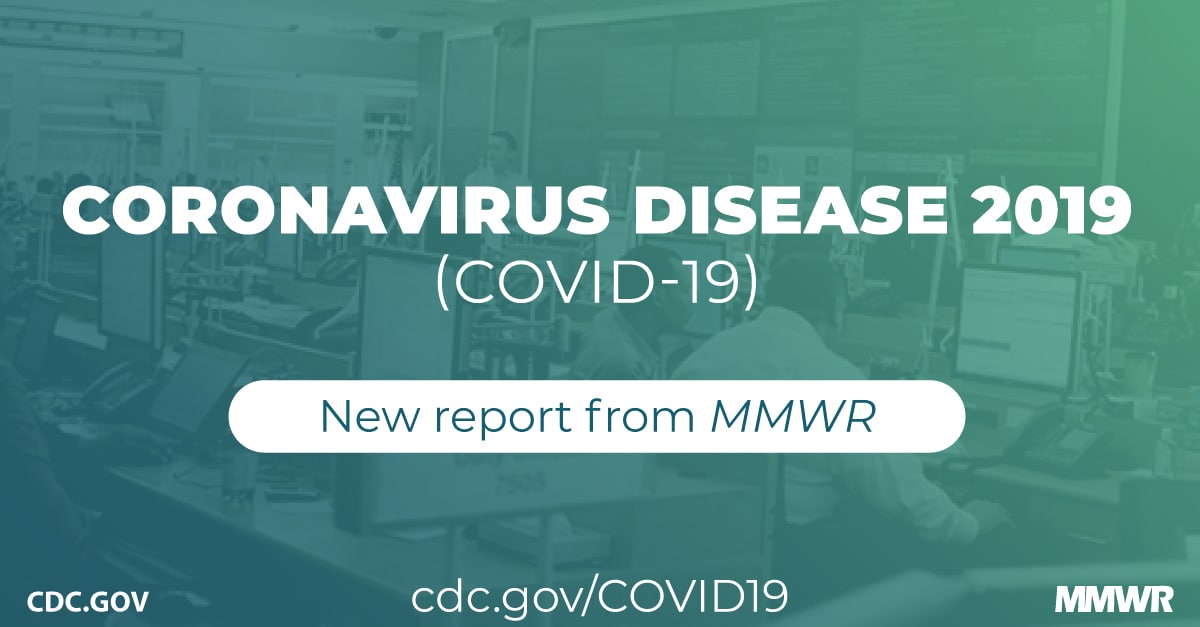Let’s start with re-stating that the experts committee do not recommend all schools in all places under all conditions. The Harvard one was the best at giving reasonable specific guidance but all agree varying local conditions would make different approaches the more prudent approach.
It sure would be nice to have precise numbers in hand before all decisions. Rarely (ever?) do we have that. We certainly do not have it for ANY of the choices that have to made regarding what gets opened and what gets closed, be that schools, or distribution centers, or parts of the food chain, or retail. Yet choices must be made. We do not know precisely how low the risk is but we know it is low, and that the harms of closure are large.
That is a very interesting question isn’t it?!
To my thinking (and I think I have stated this somewhere on this forum before) it entwines with the unusual degree that among adults it is a very few that do the majority of the spread, mostly in events that are loud with singing or yelling or chanting. That’s the super-spreader bit that it seems like 10% of all adults infected are responsible for 80% of the spread and 70% of those infected never spread it to a single other person. Those 70% very likely also include many with high nasal carriage, but they do not spread. That 10% is some combination of a subgroup that is capable of very effective transmission (by some combination of their biology and behaviors like unmasked yelling and singing or even talking very loudly), and their being at events that enable it.
It definitely overlaps with the implication from those finding that much of the spread would be stopped if we could limit the impact of those super-spreaders.
Does the distribution of ACE2 receptor expression (and thus variation of viral load levels in the lower respiratory tract) vary not only between children and adults but also between adults? Is it the subgroup that has high viral loads in their lower respiratory tract, who are able to yell, sing, chant, whatever out large volumes from deep within their lungs, given efficient venues, who do most of the spread?
And if so what does that imply?
In any case kids, especially 11 and under, may not all always be in the 70% non-spreader group, but they do appear to very rarely, if ever, be in the 10% super-spreader group.






